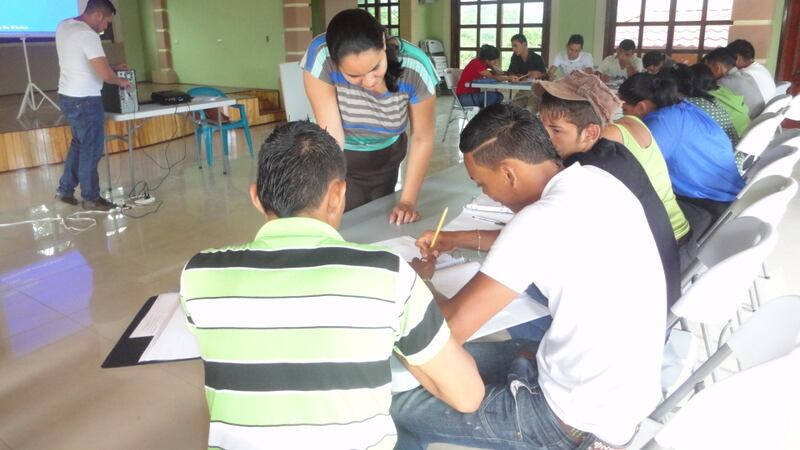Travel writers tend not to be afraid of travelling. I’ve visited incredible places all over the world and, if I do my job properly, I’ll convince you to go see them for yourself.
I haven’t written about the more problematic locations, the places where I could have been safer - and there’ve been quite a few: I’ve been deported from two east European countries; on another trip I was drugged, robbed and dumped in the mountains of central Bulgaria; Once I was poorly cast as backup muscle for a Croatian man attempting to talk a Serbian out of the apartment he was illegally occupying in a Serb-held part of Bosnia; I’ve had a gun pointed at me in India and I ignored advice not to visit a particular district in one African country that wouldn’t have been so welcoming had heavily armed soldiers not been dispatched to make sure the group of Europeans I was with made it out safely.
These all make great stories and have never put me off getting back on a plane or taking an assignment – they're exactly the kind of detours that got me excited about travelling in the first place. But now I'm being dispatched to Honduras, the most dangerous country in the world, and I'm not ashamed to say I'm worried. I'll have plenty of security – I'll be documenting the Coffee Vs Gangs project being run by Kenco in a rural part of this coffee-producing country and it will be in Kenco's interest to get me home safely. With some 20 murders a day and chronic insecurity led by the dominance of criminal gangs controlling local communities, it will be a far cry from regular travel writing. But it shouldn't be.

Honduras is said to be one of the most beautiful countries in the world, with world heritage sites, national parks and a rich and varied culture. It is flanked by the Caribbean Sea and the Pacific Ocean, the huge landmass between them offering startling landscapes, deep valleys and high mountain ranges. But it’s terribly poor and the social insecurity prevents a true tourist trade from taking off there. Most Western governments already advise their nationals against travelling to the country at all.
Most of my better travel stories go deeper than the landscape and always come from the people I meet while on the road. This trip will be no different, allowing me to spend a week on a farm working with the 20 young participants in the Kenco programme, each working to forge a new future for themselves through education. I hope that I can learn from them. They’ve been together now for around two months and will have bonded well by the time I get there in the New Year. I’m learning Spanish and they’re learning English as part of the Kenco programme so we should be able to meet in the middle.
Experience tells me that beyond the headlines of murder and mayhem there is a lot for me to hear. Honduras is their home and I hope that by going there I can find stories of why they love it and why they want to stay. I want to hear who their heroes are, their writers and musicians, their plans for the future. I'll document my plans here on irishtimes.com/coffeevsgangs and you can follow the official programme on the Kenco site coffeevsgangs.com. If you can help me learn more before I go, please get in touch. I'd love to hear from you.
The Irish Times is documenting the Coffee Vs Gangs project over the next six months
Email: gquinn@irishtimes.com
Follow me on Twitter: @GaryQuinn_IT











